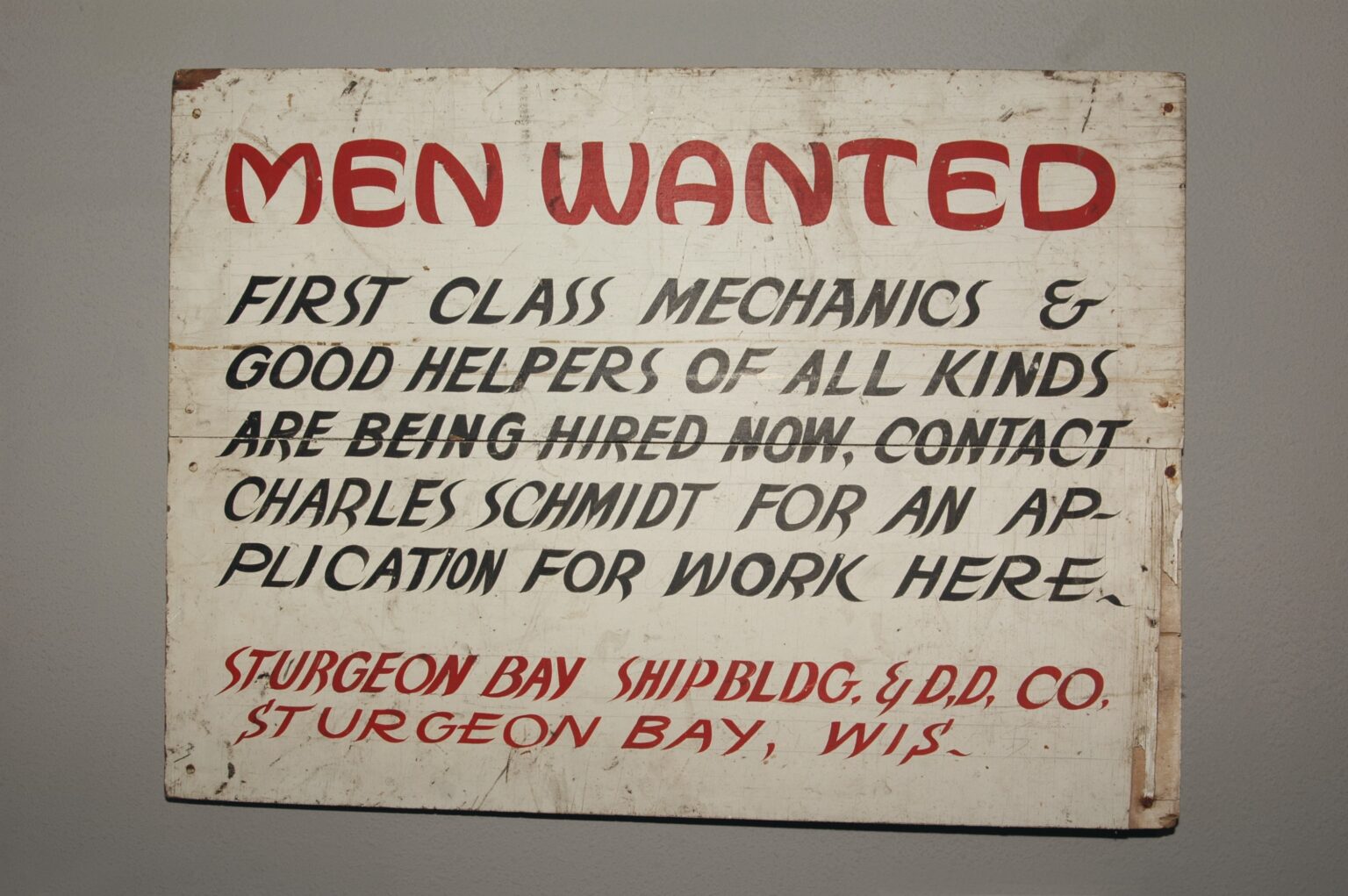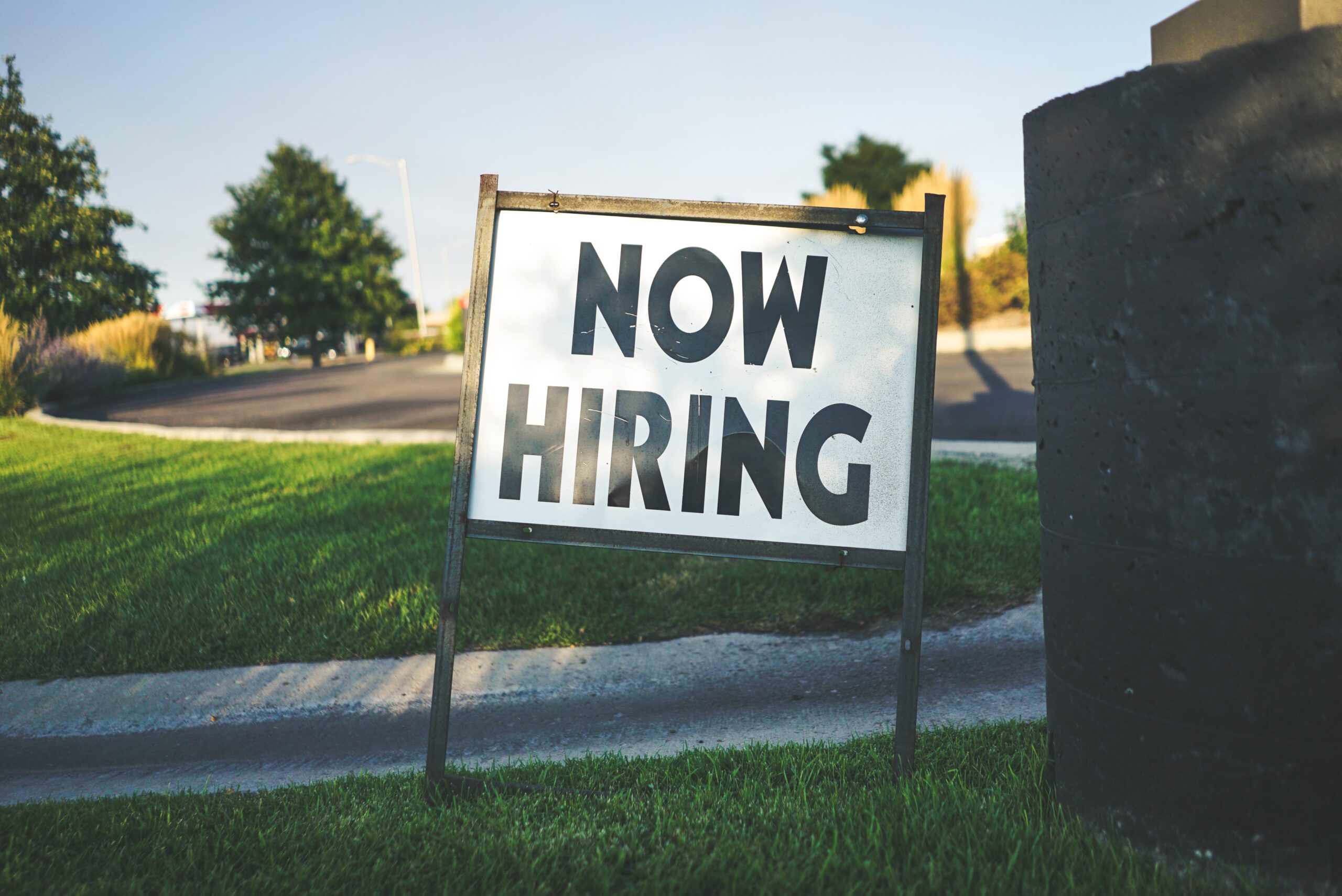With all that’s happening in the world today from being hit by a pandemic, addressing racism head-on, and introducing civil rights laws protecting LBGT workers in the US, companies must make sure they are inclusive in their recruitment. In addition to the obvious and indisputable ethical obligation to ensure equality, diversity, and inclusion, there is a clear business case for it as well. For example, According to McKinsey & Company, companies in the top -quartile for gender diversity on executive teams were 21% more likely to outperform on profitability and 27%.
With a rise in companies adopting remote work, they have begun to see more diverse workforces simply based on geography. However, remote work is not a guarantee to a diverse workforce. This makes establishing strategies for more diversity and inclusion key for successful remote companies.
Going remote provides an opportunity to open up your company to a workforce that’s varied in gender, race, ethnicity, sexual identity, and ability. Successful distributed companies manage to create a global community of employees. For example, HelpScout has made sure to build an environment that’s diverse and inclusive in nature by adapting inclusive recruitment practices and conducting regular demographic studies.
There are many ways companies can ensure diverse and inclusive workforces and recruitment is always at a starting point hence practicing inclusive recruitment is crucial. An inclusive recruitment environment encourages discussions around different experiences, opinions, and values. Implementing inclusive recruitment practices lets you bring in diversity through new hires, while also supporting your teams on their path to more inclusion internally.
Here are some of the ways to ensure your recruitment teams are practicing inclusive recruitment.
1. Eliminate all kinds of biases

Create recruitment processes that eliminate biases, and educate your team about them. The key here is to eliminate any conscious prejudices as well as uncover unconscious biases. It is crucial to educate recruiters and hiring managers about how to prevent other unconscious biases since this leads to losing great talent. For example, develop a training program for every new interviewer. In addition, conduct refresher trainings with existing team members. This ensures that the company’s goals to eliminate unconscious bias stays top of mind. Find additional strategies to remove unconscious bias from your recruiting process here.
2. Invest in supportive tools
Sometimes it can be difficult for humans to completely eliminate biases, especially if they are subconscious. Including AI recruitment tools in your assessment and hiring process can further help you eliminate biases, while also making your process more effective. After introducing the tool, it’s also crucial to check the tool for human bias. Although AI does power the tool, human error can still influence the way AI ‘thinks’. Consistent check-ups identify and remove any bias before it impacts your recruitment process.
??? Address Talent Acquisition Challenges With Flexible Job Arrangements. Download Whitepaper ???
3. Create diverse recruitment teams
There is no better way of getting your recruitment goal right by creating a diverse team of recruiters and hiring managers. While hiring recruiters, consider recruiters with experience in hiring diverse candidates as well. A diverse recruitment team allows you to get varied and different feedback, perspectives, and opinions about candidates and processes. It also creates a great first impression when candidates have the opportunity to meet with different people across the organisation. The key is to collect timely constructive feedback from teams involved to improve recruitment processes.
4. Ensure inclusive language

Use gender-neutral terminologies to ensure you are being inclusive to the non-binary and gender-fluid community. Conduct regular audits of job ads to identify gendered languages that might discourage application from certain communities. Software like Textio or Gender Decoder removes gendered terms from job ads automatically. Encourage people with disabilities to consider roles that might be suitable for them either directly stating it and by avoiding terms like “physically fit”. Be direct in your communication if you’re a company looking to hire and support professionals re-entering the workforce.
5. Expand your hiring sources

While you continue to post on your website and social media platform, also consider diving into your existing network – your employees. Leverage the diverse networks of employee resource groups by specifically engaging them in referral efforts. You can also organize your own virtual networking events and recruitment fairs to introduce your open job roles and your diverse recruitment team to a new audience.
Building a diverse and inclusive workforce is an ongoing process that requires consistent feedback collection and implementation of changes when required. It doesn’t happen overnight. But by focusing on these five key strategies, you’ll have a starting point and build your inclusive recruiting team.
It’s important to keep an eye out for the kind of talent you’re attracting already. Keep an open mind to mix things up to fit the needs of different communities and individuals. Find out how to improve inclusion in your existing team in our next article.

At acework, we enable businesses to build their successful distributed workforce. We support you with tailored remote work programs and remote talent for your open positions. Our advisory creates actionable strategies for companies based on their culture, processes, and business needs. Schedule a free strategy session to start building your high performing distributed team.
If you’re looking to hire top vetted remote talent, Register your company and start hiring here.






